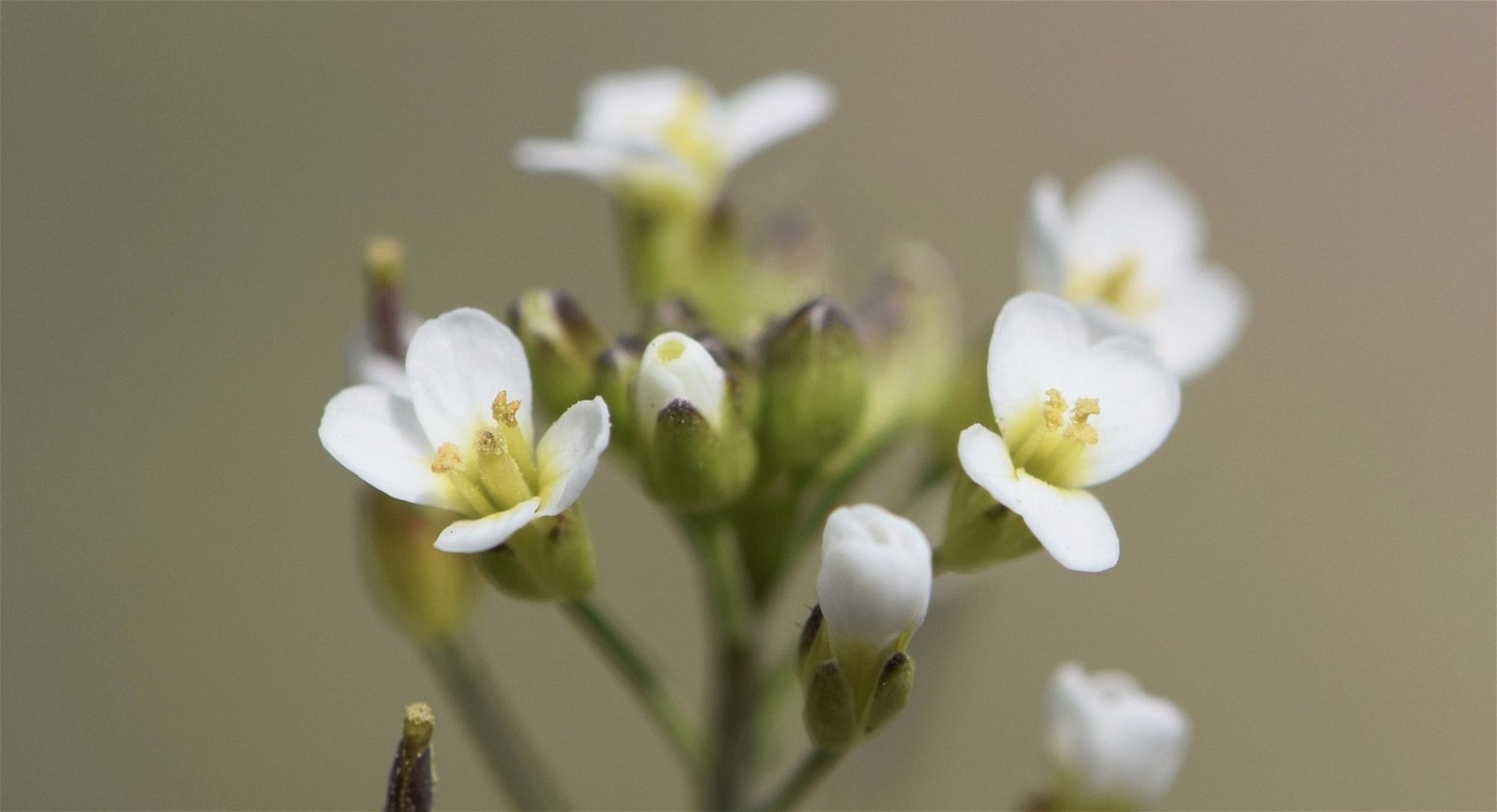A century-old science mystery has been solved, according to scientists who say recent studies involving mutation revealed the molecular mechanism behind a previously unresolved biological pattern involving chromosomes.
Each individual organism that is the product of sexual reproduction bears qualities that resemble its parents, as well as its siblings. Despite these similarities, no two organisms are identical, thanks in part to the process of meiosis.
Meiosis is what happens as cells undergo division, resulting in the production of four “daughter” cells that each possess only half the number of chromosomes as the parent. Genetic information is exchanged during this initial cellular division and is followed by a second division—meiosis II—during which haploid gametes are formed. The fusing together of these gametes during fertilization gives rise to the formation of a zygote, which possesses a complete set of newly paired chromosomes.
Meiosis is responsible for the production of sperm and eggs in animals, as well as pollen and ovules among plants, reproductive cells that possess genetically diversity due to what is known as crossover, and thereby help facilitate diversity in the appearance of the resulting organisms.
In most animals and plants, at least one—but as many as three—crossovers are displayed for every pair of homologous chromosomes. Scientists recognize that controlling the number of these crossovers could help to enable the cultivation of crops with specific more desirable traits.
An impediment to achieving this kind of control involves what is known as crossover interference, which occurs when one crossover prevents another from forming nearby along the same chromosome, a phenomenon first observed in studies involving fruit flies as early as 1916, but which has remained poorly understood until now.
A team with the Department of Life Sciences at Pohang University of Science and Technology (POSTECH) now believes they have successfully discovered the molecular key to understanding what causes crossover interference.
The team, led by Professor Kyuha Choi and Dr. Jaeil Kim, with contributions from Heejin Kim, a PhD candidate, examined meiotic crossover rate mutations that occurred in the plant Arabidopsis thaliana by using a method of florescent seed scoring.


By applying a genetic screen, one mutant appeared to display a high crossover rate at the genomic level, garnering the designation hcr3, or “high crossover rate3” in the team’s study. Upon further study, the high crossover rates in hcr3 were found to be derived from a point mutation in the gene responsible for encoding a co-chaperone to the HSP40 protein, known as the J3 gene, revealing a network of chaperone and co-chaperone genes were responsible for governing crossover interference and localization. This is because this network of genes promotes the degradation of a pro-crossover protein called HEI10 ubiquitin E3 ligase.
The team’s findings reveal that the application of genetic screen applications were successfully able to reveal the instances where crossover interference occurred, as well as the mechanisms behind their inhibition that has eluded scientists for more than a century.
The team’s findings have numerous potential applications, although the study conveys their immediately relevance to agriculture.
“Applying this research to agriculture will enable us to rapidly accumulate beneficial traits, thereby reducing breeding time,” Professor Choi said in a statement, adding that the team’s findings could lead to new ways of improving agricultural productivity.
Choi said that he hopes the team’s research will further aid in the breeding of new varieties of plants, as well as help to identify potentially beneficial natural variations that could exist behind various diseases, as well as resistance to forms of environmental stress.
The team’s new paper, “Control of meiotic crossover interference by a proteolytic chaperone network,” was published last month in Nature Plants.
Micah Hanks is the Editor-in-Chief and Co-Founder of The Debrief. He can be reached by email at micah@thedebrief.org. Follow his work at micahhanks.com and on X: @MicahHanks.

